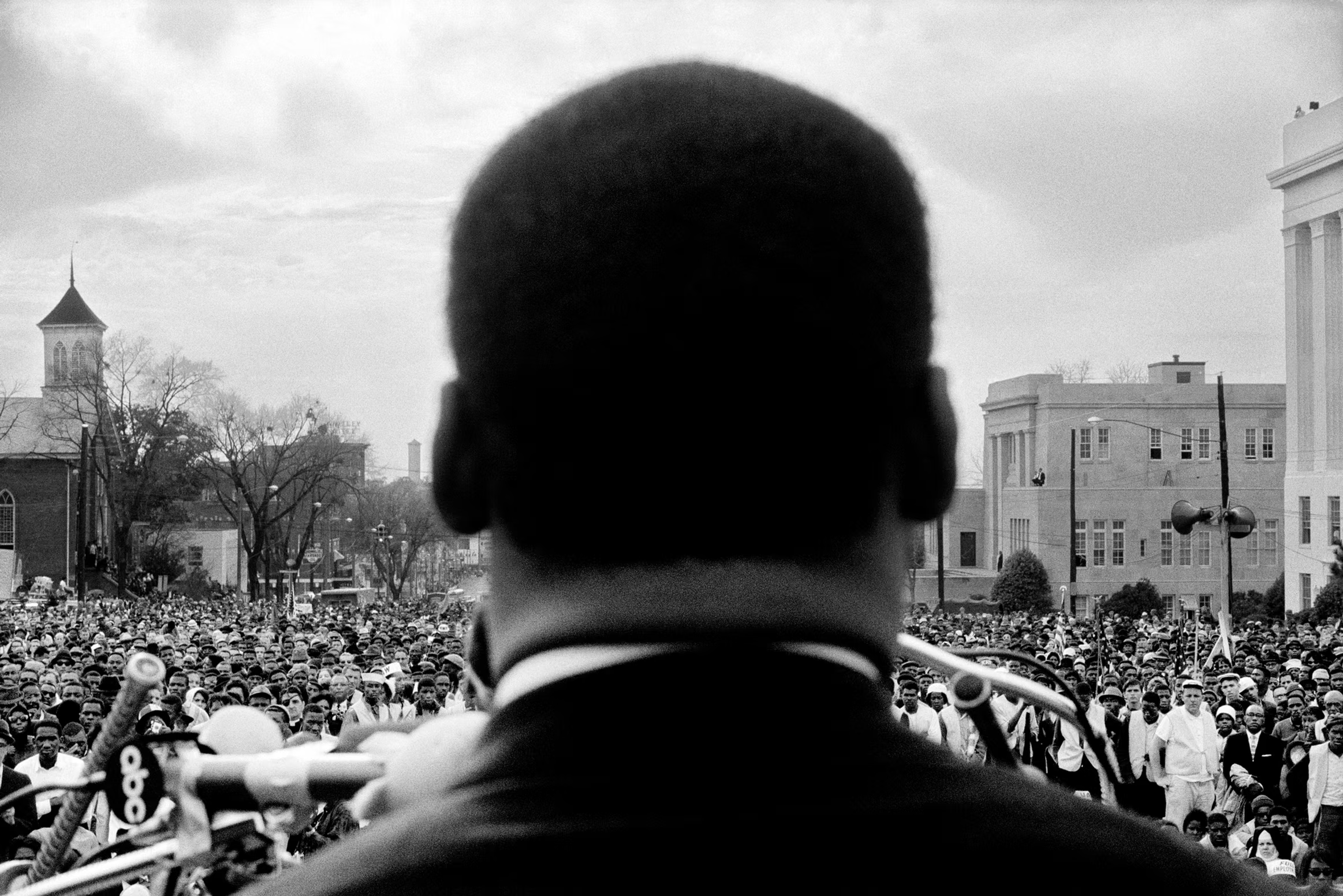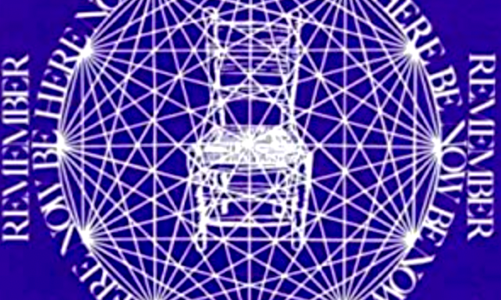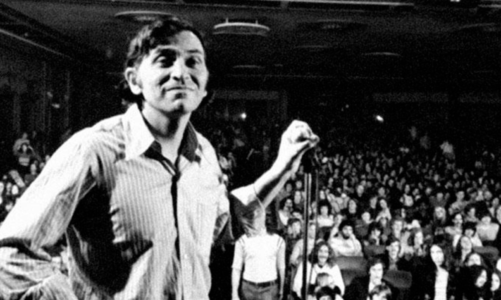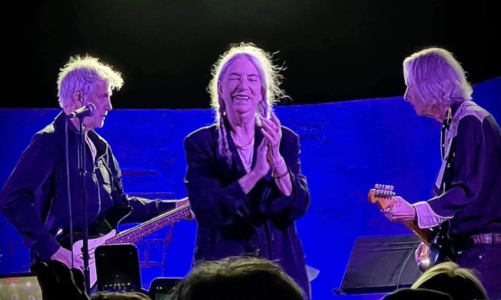by Peter Coyote
When I arrived in San Francisco in 1964, my first apartment was just below the northwest corner of Haight and Clayton streets. At that time, it was a sleepy working-class neighborhood with small shops, a bowling alley, a bank, laundromat, and Woolworths. Much of the population was comprised of transient med students training at UCSF on Parnassus Street.
As I write this today in the post-Trump election malaise, we may worry that things are pretty bad and going downhill perhaps. But let’s calibrate those fears against a few memories about the Sixties.
In 1964, three Civil Rights workers were kidnapped and murdered in Mississippi. In July of that year, the landmark legislation of the Civil Rights Act passed Congress, intended to reverse two centuries of enslavement that existed up until that time. Consider that it was 1954 before African Americans were finally guaranteed the rights guaranteed to every white citizen by the Constitution.
In November, of 1963, my junior year in college, President Jack Kennedy was publicly assassinated. I listened on the radio as reporters described hundreds of people crowding the road where Kennedy’s caravan had just passed, pointing out “the grassy knoll” as the source of shots. All that was expunged from the Warren Report, which claimed that a single killer rode a bus to the assassination. He was conveniently murdered on television, spawning an industry of literature and a national plunge into conspiracy theories on the part of millions who found the Government’s report wanting and contrary to what many had seen and heard.
In August of the next year, a small skirmish in the Gulf of Tonkin gave America the excuse to amplify its military involvement in Vietnam, which had begun in 1955. Nineteen years later, by the war’s ending with America being driven from the country, 58,281 Americans had been killed, 153,372 wounded, and another 150,332 wounded but not hospitalized. Estimates range between 970,000 to 3 million Vietnamese, Cambodians, and Laotians killed, and countless others maimed, wounded, and traumatized.
San Francisco was the hub from where thousands of drafted young men and women were shipped off to unknown jungles and rice paddies to fight, kill, and die. Many chose to flee America rather than travel to an unknown country for unknown reasons to kill people who had done them no harm. By 1965, even as the spores of the future hip culture began to sprout in the Haight and across the nation, germinating unrecognizable communities of disparate people, mostly strangers, sharing a common list of dissatisfaction with consumerism, racism, sexism, oppressive economics, imperialism and the murderous violence announced across our televisions and newspapers, surfacing like black postcards from the “straight” world.
On February 21, 1965, Malcolm X, a fiery intellectual leader in the black struggle for equality, was assassinated at the Audubon Ballroom in Manhattan.
On September 27, 1966, in SF, a white police officer fatally shot a 16-year-old African American boy in the back named Matthew Johnson, Jr. as he fled Hunters Point. The Fillmore District exploded into violence and the National Guard had to be called in to quell mass reaction to the murder.
On April 4, 1968, the most Christian and open-hearted leader in the Civil Rights struggle, Martin Luther King Jr. was assassinated on a balcony in Memphis where he had come to support striking garbage workers.
On June 5, 1968, Robert F. Kennedy was shot and killed on television shortly after finishing a speech for his Presidential campaign at the Ambassador Hotel in LA.
On December 4, 1969, Civil Rights worker and Black Panther Fred Hampton was drugged and then murdered during a pre-dawn raid by Chicago police at his apartment on the West Side.
Given this turmoil of domestic and foreign violence and murder, and the intensity of domestic political struggles (not to mention the unrecognized PTSD from WWII and Korea that transformed many once-happy homes into danger zones), is it not understandable that a passionate desire for tolerance and peace might arise as a genuine congregating cultural force?
The spine and body of this flowering community of souls were the small stores and coffeehouses catering to what appeared to be an undeniable force, a culture with its own music, fashion, aspiration for a world that made sense, and a common use of mind-altering substances. There was a joy in discovering so many others sharing your deepest wishes, like you, interested in the same ideas. Long before the aggregating architecture of social media was aligning people with fellow thinkers, this was a spontaneous, directionless mutual discovery. It was a heady time, and the center and symbol of it all was the Haight-Ashbury.
There were many who didn’t understand and feared this arising. Herb Caen, a popular and witty columnist in the SF Chronicle, continued the tradition of demeaning change-agents for the benefit of Establishment values. He had coined the term “Beatnik” to subtly associate “Beat” poets and artists with Sputnik, the Russian triumph in launching the first orbital satellite. The Beats had emerged out of the chaos of wars in Europe and Korea, and were critical of 1950s America’s hyper-materialism and geo-political expansion. Beatnik was Caen’s signal to the middle-class that they were not to be taken seriously and might even be disloyally aligned with Russia. He also transformed the word “hip” into “hippies”, sending another public signal that the emerging culture was kid-stuff and nothing to be taken seriously. I won’t use the word today.
Let’s not forget that we are never protected from our errors by our good intentions. The hip communities, among which I number myself, did not always live up to our ideals and brought our problems, unresolved issues, and traumas with us into our new world, right along with the common human inheritance of greed, anger, and delusion, judgments and indulgences. We may have been correct in our criticisms of the culture and our abandonment of some of its fundamentals, but the excesses of our behavior, our insistence on our own style and ways, our self-righteousness at flaunting our own values and overt sexuality without regard to the proprieties and sensibilities of more conservative citizens, alienated much of the country who might have been our allies. They rebuked us by electing Richard Nixon as President and Ronald Reagan as Governor. Reagan came into office vowing to throw the bums out and clean up the mess and sent police with blacked-out identity badges and live ammunition against protestors in Berkeley. The resulting deaths and wounding required the National Guard to end the disturbance.
Those same forces and impulses are alive today, both inside and outside us. How many of us remember the passionate debates in rooms where people were screaming at one another for “Peace”? We are all the problems we’re trying to solve, and if we don’t realize that, we too bear all the negative aspects of common humanity, we’re very dangerous. The responsibility to control our negative impulses is our own.
As we face the future today, nervous about our mores and institutions crumbling, obviously inept people being advanced to run critical agencies like the FBI and the military, let’s remember that 16 million people who voted for Biden in 2020 stayed home this last election. How much more careless with our country could we have been?
Yeah, we hipsters used a lot of drugs, were careless with money and property and sexual energy, but we in the Haight never approached the scale of damage to our country that the suit-and-tie prep-school class wrought in Vietnam, the CIA’s smuggling crack into black neighborhoods to fund military efforts in Guatemala, Nicaragua, El Salvador that our Congress had refused — using Americans to train local troops to fight the hungry for the fat.
We should be proud of having resisted a political system built around and for money. The US sprouts billionaires like dandelions, while the poor pick our fruit and vegetables, work in our restaurants, take care of our sick, and tend our gardens. We’ll see how loyal people remain.
As one who lived and believed then, pretty much as I do now, the question remains: What do we do now? Life, history, maturity, the arrival of children, conservative pushback, lack of money, and finally, the creative evolution of the Universe itself, wiped the hip scene from the public slate. It did not eradicate our values. People changed to do what they had to do to survive.
The Environmental Movement, the Women’s Movement, the Haight-Ashbury Free Clinic, alternative spiritual practices, alternative health practices all began during this time among these often scraggly, stoned, and glamorous souls. They continue as countercultural strains of resistance to greed, selfishness and over-indulgence in today’s world. If “it ain’t over till the fat lady sings,” then not even a fat man in the White House can stop this train.
Calmness and clarity are what people need in a pinch. The next step is networking. organizing, getting to know your neighbors. Figure out how to help. Meet together for the fun and hell of it. Don’t think in terms of good guys and bad guys. We’re human beings. Each of us possesses the full spectrum of possibilities — from Mother Teresa to Hitler. If we don’t own our shadows and tame them, we put them on others. What happened in the Haight-Ashbury can happen anywhere again based on the care and attention of those who insist on living their value. We can make it so, but it takes patience, kindness, and persistence. Up for it? I am.





